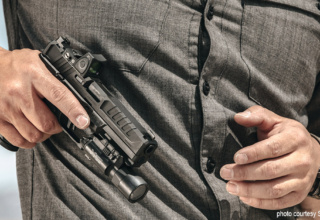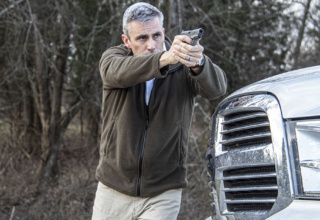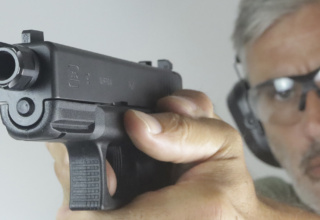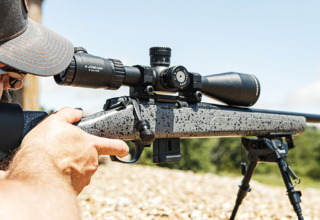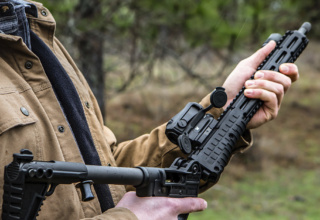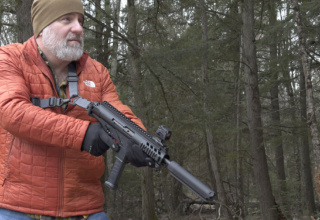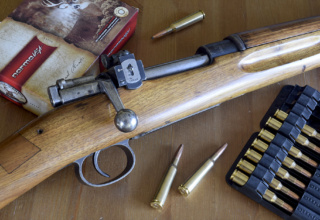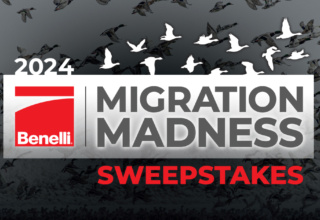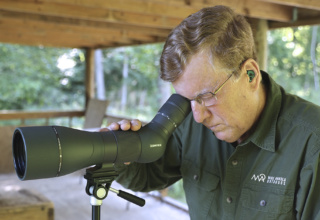Often lost in the broader defensive handgun discussion, trigger control is vital to accuracy and overall shooter performance
by Bob Campbell
A lot of folks repeat what they have heard or read and fashion a word salad of terms they may not quite understand. One of these terms is “catching the link.” The reference is toward the relationship, or linkage, between the shooter and the trigger mechanism of a firearm.
I suppose I use the trigger properly, but then I am not always certain. I have made amazing shots, won competitions, and put meat on the table. If I limited myself to one or two or maybe a dozen firearms, I would be quite a shooter. But the job and personal curiosity demands that I use a larger number of firearms.
When testing a new handgun, I sometimes manage to freeze up and not allow reset. This is usually with mushy trigger systems. But then a trigger that is too light can result in my self-doubling a shot when I did not intend to do so. I know how it is done and have managed to control the trigger properly more often than not.
A steady pupil is superior to the shooter who makes the occasional marvelous shot.
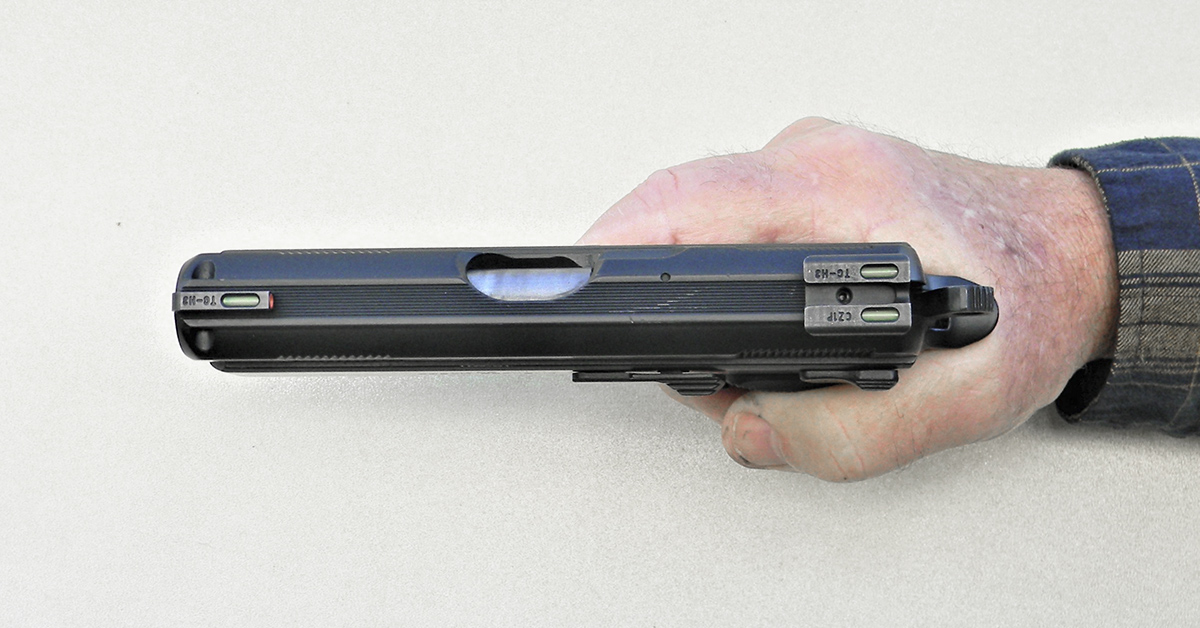
We have been taught good rules for controlling the trigger. There are also exceptions to every rule. We don’t use the same technique in long-range rifle fire as in fast-moving defensive drills. As just one piece of advice, I was taught to use only the fingertip in managing the trigger. But the sizes of finger pads and trigger faces vary widely. Double-action and single-action triggers differ in the degree of control needed to properly manage each type. Triggers and their control are not a singular event but rather a series of events for defense shooters. The shooting drills we address should be natural and under control. Sometimes we pace the action and other times we run.
When controlling the trigger of one of my favorite 1911 handguns, the SIG P210, or a quality revolver, I use the first pad of the trigger finger. I seldom carry a double-action first shot pistol, but when using a double-action revolver, I wrap the second pad of the trigger finger around the trigger face. This provides a considerable mechanical advantage.
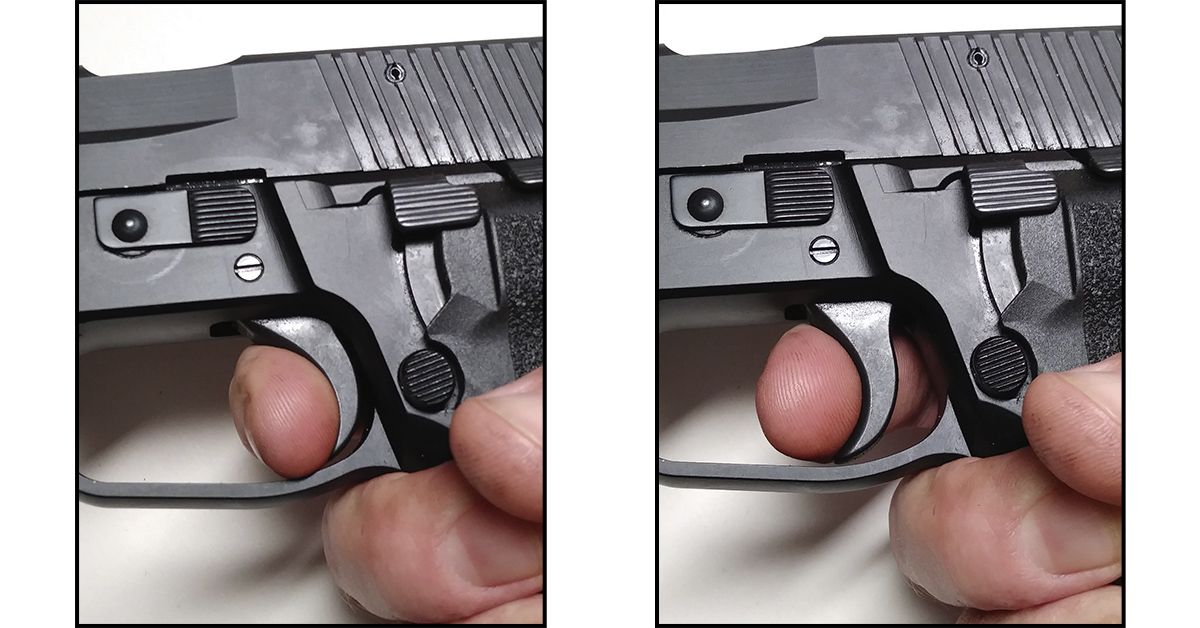
To manage the trigger, do not lay the trigger finger sideways on the trigger! Always press the trigger straight to the rear. It is crucial that no part of the trigger finger touches the frame of the handgun as the trigger is managed as this can result in pulling the sights to one side or the other and mismanagement of the trigger. The trigger finger is crooked for the trigger pad to lay on the face of the trigger. Also, avoid sloppily mashing the trigger with too much finger pad. Remember, if the trigger finger is pressed against the handgun in any way other than against the trigger face, the result is adding pounds to the trigger press.
Comfort is essential. The trigger finger must be crooked, but how much of the pad is used for individuals to work out? Form a mental image of the trigger action as it is engaged and as the trigger action is compressed. As you press the trigger, does the trigger begin to stack? Is there is any creep felt as you take up the slack in the trigger or is there any slack or free movement before engagement? Does it feel as if there were grit in the action? Some good trigger actions may have characteristics that take time to understand. As an example, even the tightest CZ 75 pistols often exhibit a modest backlash in the single-action trigger.
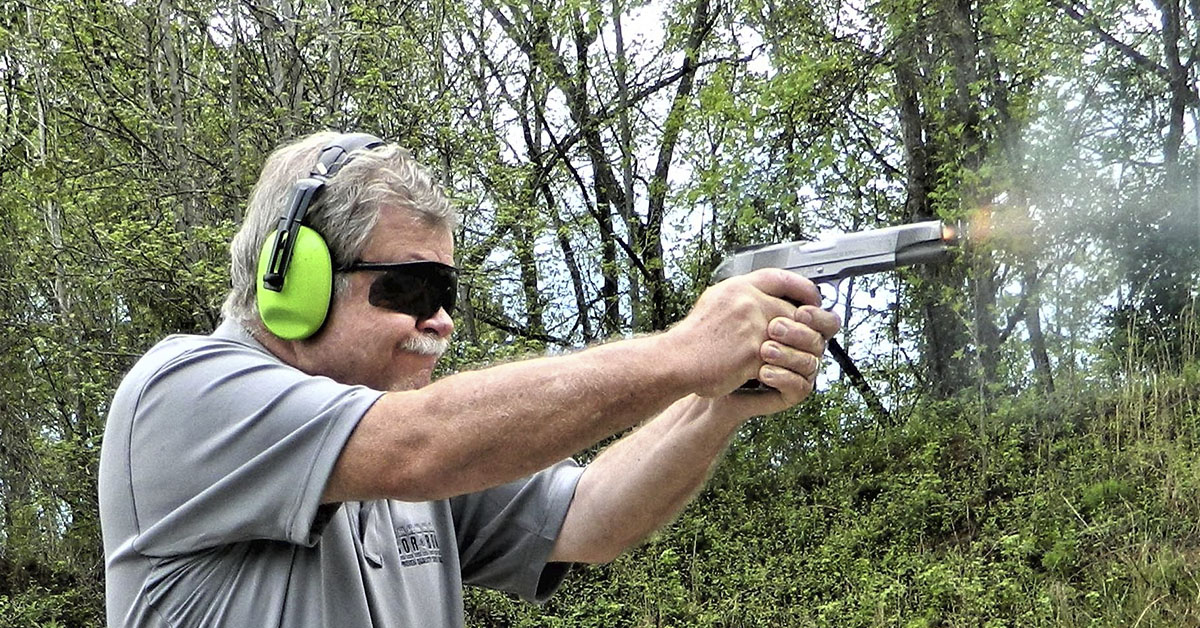
As you break the trigger, you will feel the striker or hammer disconnect from the sear. When you can feel this break, then you are becoming acquainted with the firearm. Keep trying to feel this disengagement. Pull back on the slide with your finger on the trigger. Do you feel the action as the trigger resets? A good rhythm or cadence is to allow the same time to press the trigger and to allow the trigger to reset. Remember, though, that the cadence of fire is not set by how quickly you are able to press the trigger but by how quickly you are able to reacquire the sight picture. I am certain we could train a monkey to press the trigger quickly. Controlling the trigger and making hits is another matter.
Dry fire is the cornerstone of proficiency. As you dry fire the gun, try to control the firearm without moving the sights and attempt different finger positions. Try pressing using the first pad of your finger. Try using the fingertip to control the trigger. You will find that the one position for every trigger size and trigger pull weight simply cannot be applied to every firearm and every firearm action. The trigger is simply a mechanical device that must be managed. It is somewhere between a charcoal lighter and a twelve-string guitar in complexity.
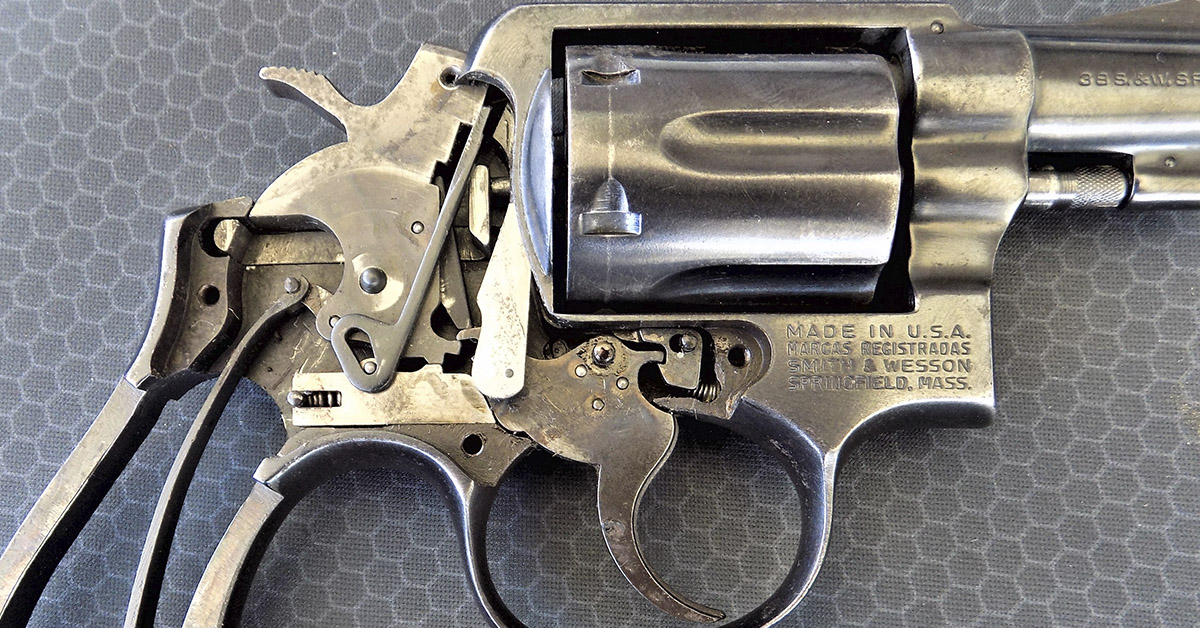
Trigger control is, obviously, a critical step in mastering the firearm.
There are two primary means of managing the trigger. Some ride the link and never remove their finger from the trigger face, catching the reset as they fire the pistol. If you do not allow the trigger to fully reset, this is sometimes referred to as a reset freeze. This freeze slows you down. Another technique is to remove the trigger finger from the face of the trigger as the trigger moves forward. Then the trigger finger goes to the trigger face again. While it sounds as if this would be the slower program, good, fast shooters use this technique.
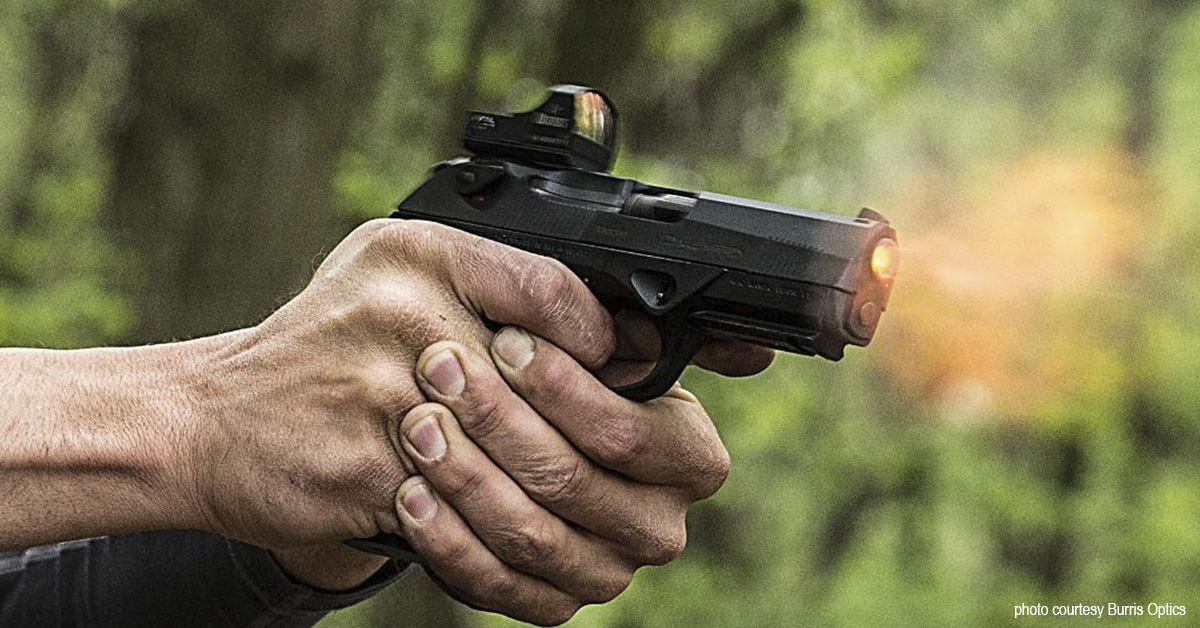
The final word is consistency. Maintain a firm grip and keep the handgun under control. Don’t “milk the trigger” with sympathetic action of the fingers in the hand as you press the trigger. Whether you are firing slowly or quickly, be consistent and don’t jerk the trigger. A smooth press with the finger, bearing only against the trigger face, means a great deal in accuracy.


